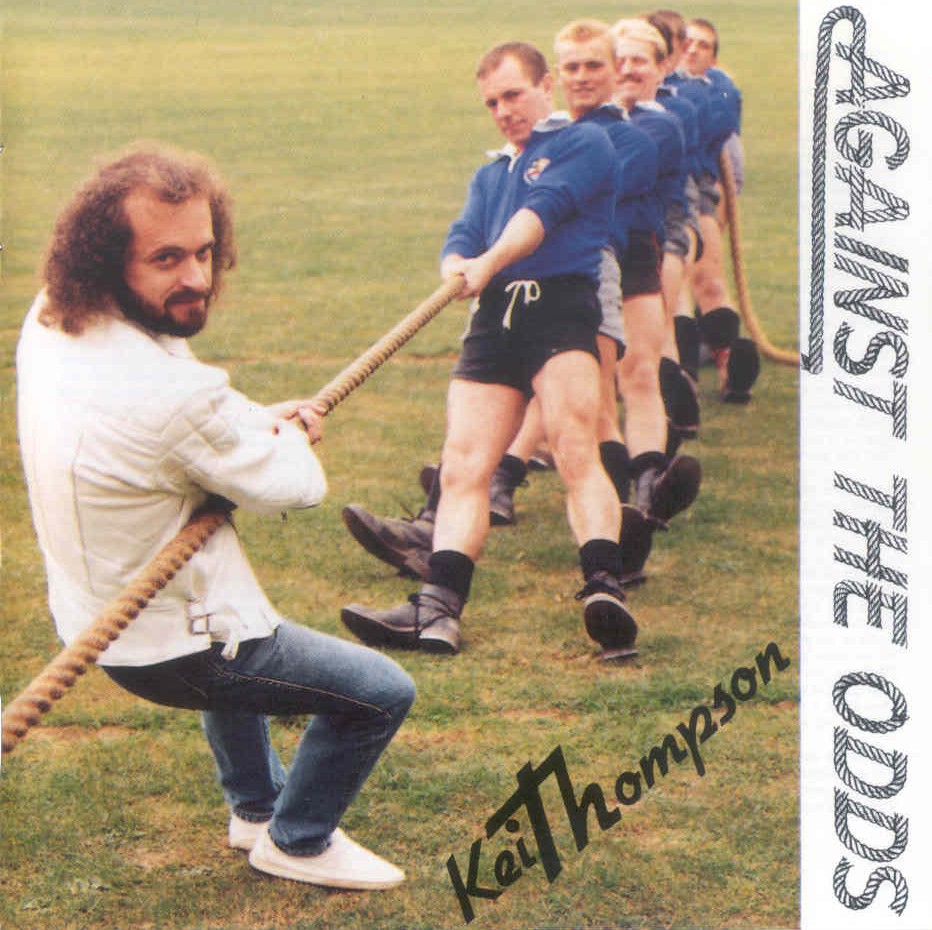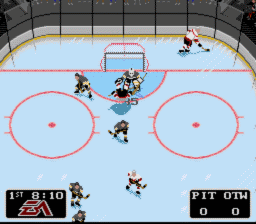
Before this becomes a Terry Crowley fan site, I wanted to delve into how well our defense is performing. Of course, to Oriole fans, defense immediately brings to mind the exploits of Brooks Robinson. Here on this blog, I think of Luis Hernandez. In the offseason and spring training, it was emphasized that one of the major keys to this team was going to be defense in order to help our fledgling starting rotation grow. Luis Hernandez was handed the keys to SS from the much criticized Miguel Tejada (somewhat unfairly, I still think). Luis has never mastered any level of pitching. Some could say his progression through the minors was largely an issue of social promotion. Now, Dave Trembley did some shootin' from the hip and declared that Luis has twelve days to show his stuff or will, presumably, be designated. We'll see. Anyway, the rest of the personnel movements were replacing same with same. Corey Patterson, a fleet defensive CF, was replaced by Adam Jones, a fleet defensive CF. Jay Payton, a defensive LF who is really neither, was replaced by former platoon player Luke Scott.
Null
Defense is neither saving runs or giving up runs.
Method
I decided to use RZR as it calculates efficiency in terms of ball entering the player's defensive zone. For each position (except catcher, which is not included in these calculations) I used all qualifying American League players and determined a median of performance. I think took the difference between the Oriole fielder's RZR and the median AL RZR. This percentage difference was then multiplied by the number of balls in the Oriole player's zone. The resulting number is the number of plays the player has made above or below median. This number was then multiplied by 0.600 runs as that is roughly the amount of probable runs when comparing 1 out with no one on and 0 out with a man on first. So, in other words, the result of not making or making a play was considered the difference between a single and an out. Outfielders were given a little extra help for earning assists. A typical assist would be worth about 1 run (difference between a double and an out). To be conservative, I put the worth at 0.75 runs and assumed all players were equally efficient at throwing men out. Finally, the runs saved or given were added up to produce a total runs saved or given. This total was then divided by 10 to determine number of wins earned or lost.
Results
 Mora has been the most efficient position player based on efficiency and opportunity. He has saved 2.46 runs (+4 plays). Jones' fielding is also above average with 0.95 runs saved (+1.5 plays). Scott and Markakis both cost the team runs with their fielding, but make up for it with their assists. They save the team 0.42 and 1.97 runs, respectively. Fielding-wise Scott is at -0.5 plays and Markakis is at -1.75 plays.
Mora has been the most efficient position player based on efficiency and opportunity. He has saved 2.46 runs (+4 plays). Jones' fielding is also above average with 0.95 runs saved (+1.5 plays). Scott and Markakis both cost the team runs with their fielding, but make up for it with their assists. They save the team 0.42 and 1.97 runs, respectively. Fielding-wise Scott is at -0.5 plays and Markakis is at -1.75 plays.The other positions have cost runs. The most egregious offender is Mr. Defense himself, Luis Hernandez. He has cost the team 1.44 runs, missing 2.5 plays. Next worse is Kevin Millar with 0.53 runs given (-1 play). Roberts is almost the median player. He costs the team 0.13 runs (-0.25 plays).
When we total that up together (ignoring the backups who have logged time), we come to 3.69 runs saved. That comes to 0.369 wins earned based on defense. If we keep this level of play for the entire year . . . we will have earned 2.2 wins.
How much can we gain by replacing Luis Hernandez mean?
Well, let us assume that the next player is just as awful hitting the ball. This will be a conservative estimate. We'll assume that whoever replaces Luis has league median UZR. That would be worth an extra 0.9 wins to yield 3.1 wins. Add that to the probable fact that they are most likely worth a win or two more than Hernandez with the bat and it is conceivable the team would be 5 wins better with someone else at shortstop.
I'll take a look in a few days if such a ball player exists in the Orioles' system.























